An electrical transformer is a crucial component to have when dealing with electricity. Without it, the conversions of power from one voltage level to another would not be possible. From powering industrial plants and commercial buildings to providing reliable energy in our homes, electrical transformers are an essential part of keeping these functionalities running smoothly. In this blog post, we will discuss what an electrical transformer is and how they work so you can understand their importance in today’s society. Keep reading to learn more!
What is an Electrical Transformer?
Transformers are used to change the voltage of electricity, step-up or step-down, as well as isolate circuits from each other. They are vital components in modernizing today’s power grid networks and providing reliable, safe power to users around the world. The effectiveness of an electrical transformer depends on its design and construction, which includes a primary winding coil and a secondary winding coil connected together by a common core made from iron laminations.
Alternating current flows into the primary windings creating an alternating magnetic flux field that induces a voltage in the secondary windings.
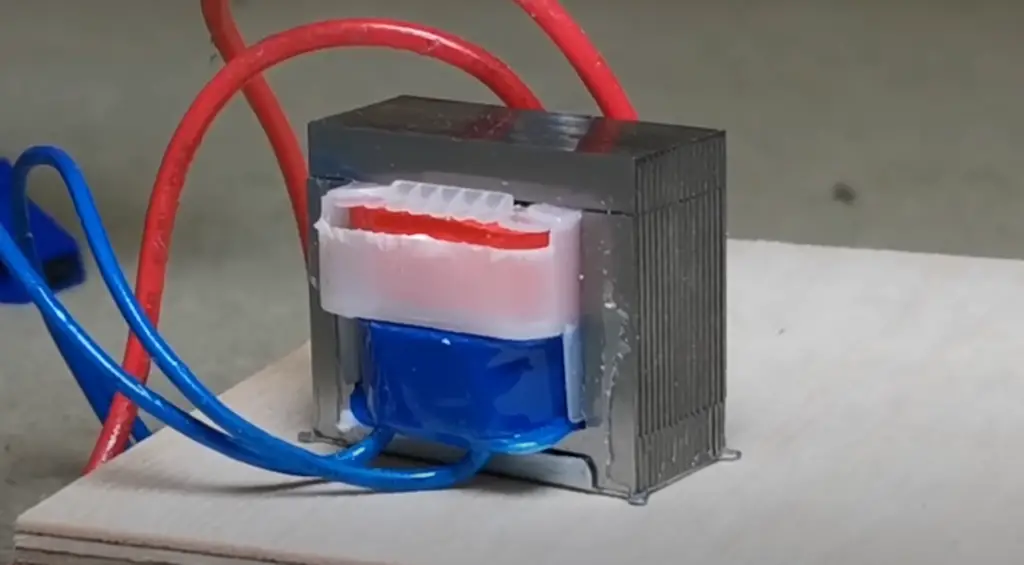
The primary and secondary coils are electrically isolated from each other and the electrical load is connected to the secondary winding. The ratio of turns in each coil determines the transformation of voltage between them – if there are more turns on the primary than secondary, then high voltage is transformed to low; if there are more turns on the secondary than primary, then low voltage is transformed into higher. Transformers can also have multiple secondary windings for multiple uses. An example of this would be a three-phase transformer used in larger power systems to provide different levels of power for different purposes. [1]
In summary, transformers are essential pieces of equipment that allow us to transfer electrical energy efficiently and safely over long distances through wires without loss or interruption. Their design and construction make them highly efficient components that are used in a variety of applications. From small power supplies to the large-scale networks used to distribute electricity around the world, transformers are necessary parts of modern life.
Components of an Electrical Transformer
The three primary components of an electrical transformer are the core, secondary winding, and primary winding. The core is composed of laminated steel designed to decrease the amount of eddy current losses. The windings are insulated copper wires that are wound around the core in a specific pattern to maximize efficiency. The secondary winding is the output winding and it has fewer turns than the primary winding. This creates a voltage step-down effect, meaning that the voltage level of the output will be lower than that of the input. The number of turns in each winding determines how much power is transmitted from one side to another; therefore, if more power needs to be transmitted, then more turns must be added to both windings. Transformers also contain an insulating material, known as the dielectric, which prevents electricity from arcing from one side to the other.
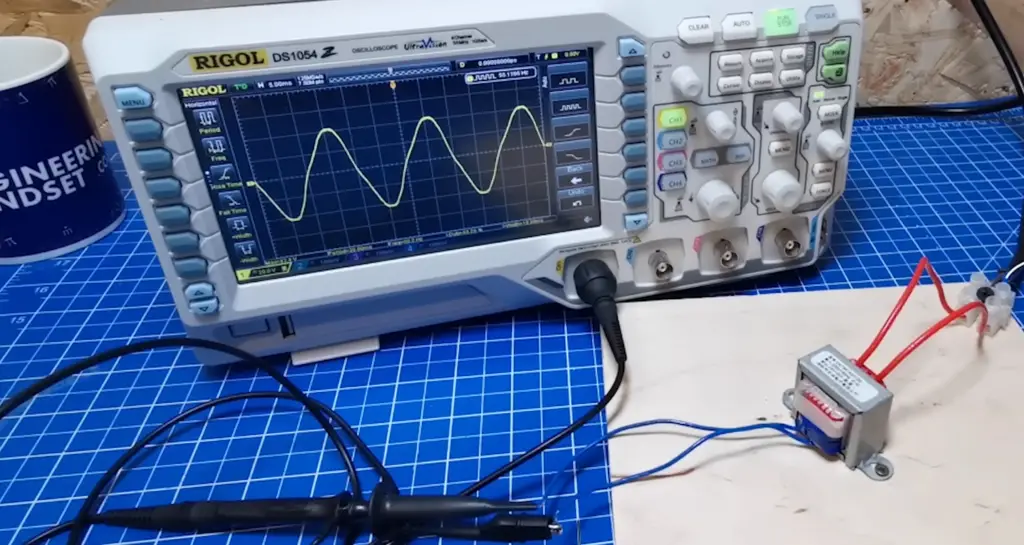
Transformers can be of varying sizes and power ratings, ranging from 0.1KVA up to many thousands of KVA. Different types and sizes are available depending on application requirements. The size of a transformer is usually determined by its VA (Volt-Ampere) rating, which indicates how much power it can transfer between its primary and secondary windings without overheating. Transformers are also rated for their IP (Ingress Protection) rating and NEMA (National Electrical Manufacturers Association) rating, both of which indicate the degree of protection against environmental factors such as dust or water. Transformers can also be customized to meet specific application needs.
In summary, an electrical transformer is a device that transfers energy between two circuits using electromagnetic induction. It is composed of three main components – the core, the secondary winding, and the primary winding – and is designed in various sizes and power ratings depending on its intended application. Transformers provide an efficient way to step down or increase voltage levels from one side of the circuit to another while reducing losses due to eddy currents. Furthermore, they can be customized for specific applications with different IP and NEMA ratings. [2]
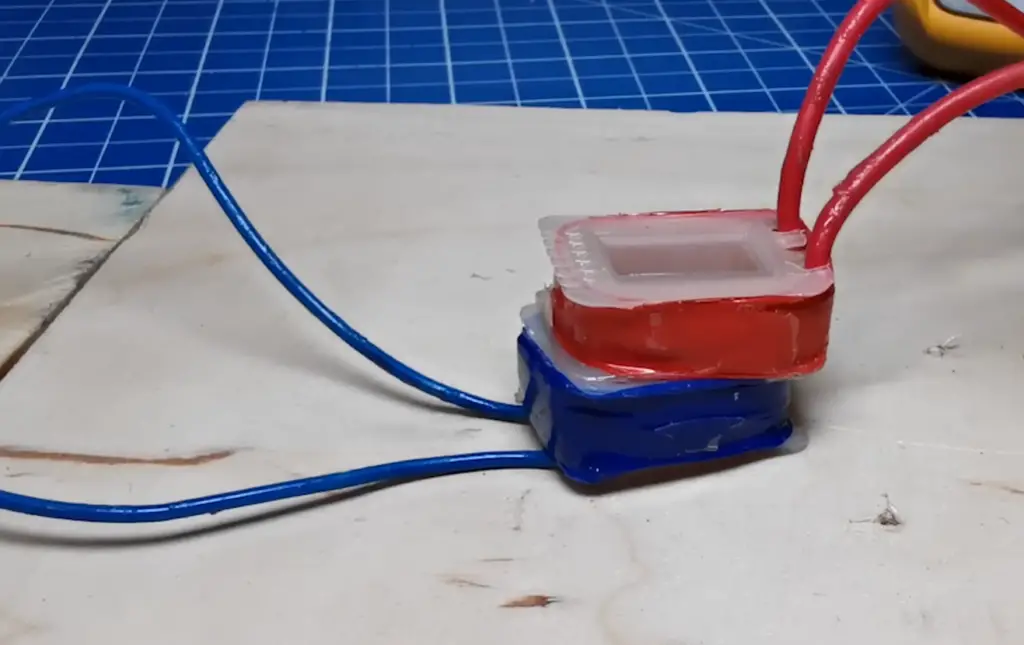
Working Principle of an Electrical Transformer
It works by changing the electromagnetic field generated by a primary winding into an electromotive force in a secondary winding through mutual induction. This process of energy transfer takes place without any physical connection between the two windings, which makes it very efficient and reliable. The amount of voltage transformation depends on the ratio of the number of turns in each winding, commonly known as the “turns ratio”. The output voltage from the transformer can be either higher or lower than the input voltage, depending on whether it is a step-up or step-down transformer.
The basic working principle behind all transformers is Faraday’s Law of Induction, which states that a changing magnetic field passing through a coil will induce an electromotive force (EMF). This EMF is then used to create the output voltage. The primary and secondary windings of the transformer are usually made up of insulated copper wire in order to minimize losses due to electrical resistance. In addition, the entire winding assembly is surrounded by a core made from ferromagnetic material such as iron or steel. This helps to further reduce losses by providing a closed loop for the changing magnetic field created by the primary winding.
When an AC source is connected to the primary winding, it creates an alternating current (AC) in both windings. Since both windings are magnetically coupled, this AC current induces a voltage in the secondary winding, according to Faraday’s law. The ratio of the number of turns in each winding determines the amount of transformation that takes place and thus the output voltage from the transformer. This type of energy transfer is known as mutual induction.
Transformers are used in many different applications such as power distribution, radio frequency (RF) signal transmission, instrumentation, and audio systems. They are also widely used for converting one AC voltage level to another, such as from 120V to 24V. Regardless of their application, all transformers work on the same basic principle – mutual induction between two magnetically coupled windings.
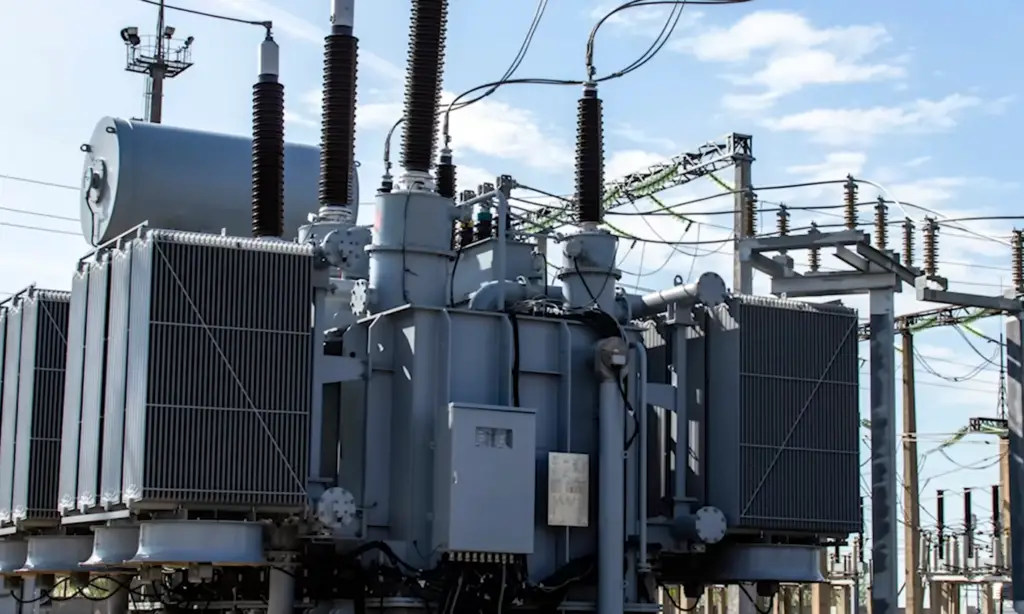
Types of Transformers
Transformers have a wide range of applications, from basic power distribution to advanced signal processing. The most common type of transformer is called the power transformer, which serves to transfer current at high voltage levels over long distances. There are several different types of transformers used in various industries:
- Step-up Transformer: A step-up transformer increases the voltage level of the electricity it transmits. It does this by using primary and secondary windings with differing numbers of coil turns; as the number of turns on the secondary winding increases, so too does the voltage output. These transformers are often used in low-voltage systems such as home wiring, where the voltage is stepped up to a higher level for transmission over long distances. [3]
- Step-down Transformer: A step-down transformer works similarly to a step-up transformer but instead reduces the voltage of an electrical signal. The primary and secondary windings use different numbers of coil turns, with the secondary winding having fewer turns than the primary one; this causes a reduction in voltage at the output. These transformers are often used to reduce high voltage electricity sources such as power lines before they are connected to homes or other buildings.
- Autotransformer: An autotransformer is similar to both a step-up and step-down transformer but uses only one winding instead of two; this single winding is connected to both the primary and secondary circuits. The voltage level of an autotransformer can be adjusted by changing the tap connections on the windings. These transformers are often used in applications where a precise voltage output is required, such as power supplies.
- Isolation Transformer: An isolation transformer is designed to prevent electrical current from traveling between two circuits; it does this by using two separate sets of primary and secondary windings that are not electrically connected or “isolated” from each other. This type of transformer is commonly used in medical equipment, industrial control systems, and audio/video systems where high-level protection against electric shock hazards is needed.
By understanding the different types of transformers available and their associated applications, engineers can ensure they are selecting the right transformer for each job. This ensures optimal performance in any given situation.
Advantages and Disadvantages of a Transformer
Electrical transformers have many advantages and a few disadvantages. The primary advantage of an electrical transformer is its ability to convert voltages from one level to another without any loss in power. This makes them incredibly useful for supplying electricity over long distances, such as between transmission lines and utility poles. Additionally, the increased voltage supplies less current, which reduces losses due to resistance during transmission. Furthermore, transformers are able to step-down high-voltage power while still providing safe levels at the other end of the distribution line.
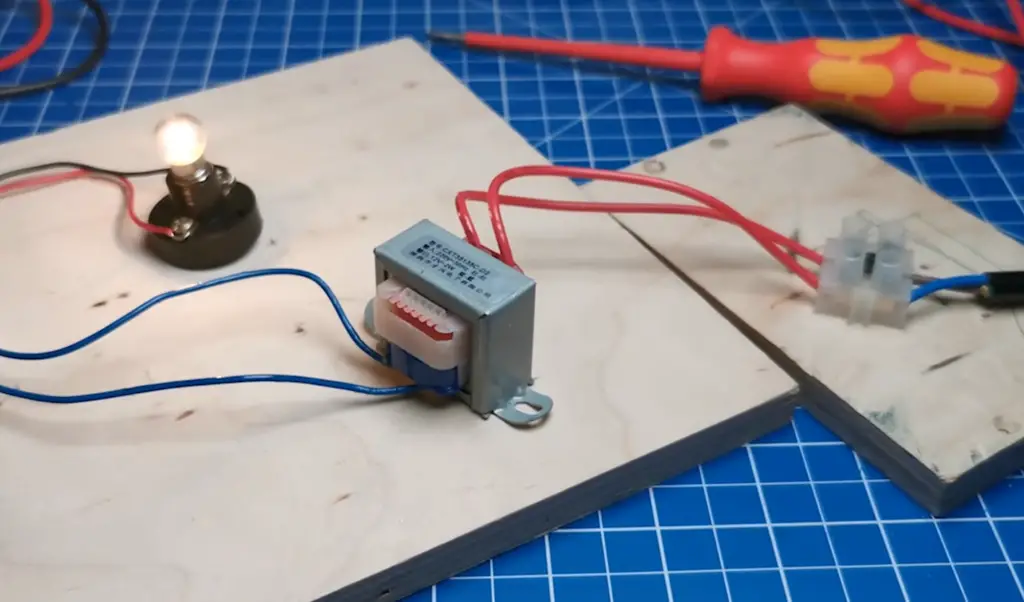
Despite their many benefits, there are also several drawbacks associated with electrical transformers. For example, they require significant maintenance in order to remain efficient and reliable since any problems can cause significant damage if not addressed quickly. Additionally, transformers can be expensive to purchase and maintain due to their intricate design and parts.
Lastly, because of the complexity of a transformer’s electrical components, they are prone to failure due to overheating or other issues. Due to these drawbacks, it is important for anyone using an electrical transformer to ensure that it is properly maintained in order for it to remain efficient and reliable. [4]
Common Uses for Transformers
Transformers are used in an array of applications, such as power distribution, voltage conversion and impedance matching. They’re also commonly found in residential and commercial places as step-down transformers for reducing the voltage from mains current to a much safer level that can be used with electrical appliances. Other common applications include audio amplifiers, car stereos, TV sets and halogen lights. [5]
Gigantic power transmission models are used by utilities all over the world for distributing electricity from generating plants to industrial and residential areas via numerous subsidiary substations. Smaller transformer models are placed near these substations to decrease the high voltages into levels suitable for home use. Another type of transformer is the autotransformer which is used for stepping up or stepping down voltage levels and providing isolation between circuits.
Industrial applications are also widespread with transformers being used in the manufacturing processes of a variety of industries such as food, pharmaceuticals, paper, packaging and automotive. Transformers are used to power electric motors, control machinery speed efficiently and help increase energy efficiency.
Finally, the most popular application for transformers is to convert electrical energy from one AC frequency into another i.e., converting 50 Hz current into 60 Hz current so that machines from different countries can be operated in any environment. In summary, transformers can be found in almost every sector that requires electricity and continue to play an important role in modern society’s development. [6]
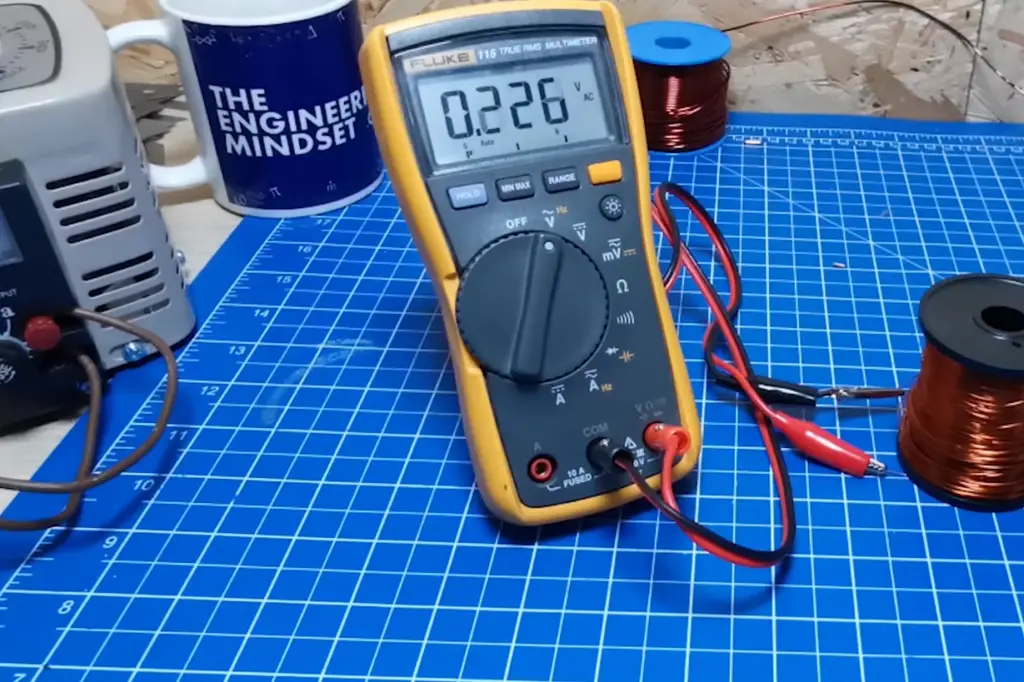
FAQ
What does an electrical transformer do?
A transformer can step up or step down the voltage depending on its specific design. It works by using two separate coils of wire around a core made of iron or other ferromagnetic material. When an alternating current passes through one coil, a magnetic field is created around it which then induces an electric current in the second coil, resulting in the energy transfer between circuits. This makes transformers ideal for taking electricity generated at a power station and distributing it over vast distances without loss of power.
How does an electrical transformer work?
A transformer works by using electromagnetism to convert alternating current (AC) from one voltage level to another. A primary coil is connected to an AC source, such as a power station, which generates a steady magnetic field. This field then induces an electric current in the secondary coil, causing electrical energy to be transferred between circuits. The coils are typically wound around a core made of iron or other ferromagnetic material, and the ratio of turns in each coil determines the transformation ratio and output voltage level.
What are the advantages of using an electrical transformer?
The main advantage of using an electrical transformer is that it enables electricity generated at one location to be distributed over vast distances without loss of power. Transformers also allow for easy conversion between different voltage levels so that electricity can be used safely in homes and businesses across a region.
Furthermore, by providing electrical isolation between circuits, a transformer can protect sensitive equipment from voltage spikes and surges. Finally, because transformers do not require any moving parts, they are usually very reliable and require minimal maintenance.
What are the different types of electrical transformers?
There are two main types of electrical transformers: step-up and step-down. Step-up transformers increase the voltage level in an alternating current (AC) circuit while step-down transformers reduce it. Both types typically consist of two separate coils wound around a core made of iron or other ferromagnetic material, with the ratio of turns in each coil determining the transformation ratio and output voltage level. Several other types of specialized power transformer also exist, such as autotransformers and current transformers.
What safety precautions should be taken when using an electrical transformer?
Whenever dealing with electricity, it is important to take the proper safety precautions. When using a transformer, always make sure that no bare wires are exposed, as this could cause a potential shock hazard. Additionally, it is important to ensure the power source and load are adequately grounded to protect against voltage surges. Finally, never attempt to disassemble or service a transformer unless you are fully qualified to do so.
Is an electrical transformer dangerous?
Electrical transformers are not inherently dangerous if used correctly and in accordance with manufacturer’s instructions. However, extreme caution must be taken whenever working with electricity, as even a low-voltage shock can be potentially fatal. Make sure to follow proper safety protocols and use the correct protective gear when working with electricity sources and loads. Additionally, never attempt to disassemble or service a transformer unless you are fully qualified to do so.
Is it difficult to install an electrical transformer?
The installation of an electrical transformer is generally not difficult; however, it is important that all steps are carried out correctly in order to ensure safe operation. In particular, care must be taken to make sure that adequate grounding is provided for both the power source and load circuit. Additionally, if the power source is high voltage (over 600 volts), then professional assistance may be required.
What maintenance does an electrical transformer require?
Most electrical transformers require minimal maintenance and will typically last many years without any problems. However, it is always a good idea to inspect the transformer periodically for signs of wear or damage. Additionally, if there are any loose connections in either the power source or load circuit, these should be tightened as soon as possible to avoid electrical arcs and sparks.
What should I do if an electrical transformer fails?
If an electrical transformer fails, it is important to take immediate action in order to prevent further damage. First, turn off all power sources connected to the transformer and make sure that no bare wires are exposed. Then contact a qualified technician or electrician to assess the situation and determine what repairs may be necessary. Depending on th severity of the failure, it may be necessary to replace the transformer entirely.
If an electrical transformer is going to be installed outdoors, what should I consider?
When installing a transformer outdoors, it is important to take into account all potential environmental factors that could cause damage or reduced performance. For example, extreme temperatures and humidity can affect the internal components of the transformer, while wind and rain can corrode exposed metal parts.
Additionally, if animals or birds are present in the area then extra precautions must be taken to prevent them from coming into contact with live parts. Finally, appropriate waterproofing measures should also be implemented to ensure safe operation in wet weather conditions.
Useful Video: TRANSFORMERS – What They Are, How They Work, How Electricians Size Them
Conclusion
In summary, Electrical Transformers are an essential component of electrical systems and have a variety of applications. They can be used to step up or step down voltage levels, isolate circuits from one another, provide grounding for safety, and convert alternating current into direct current. Selecting the right transformer is important to ensure safe operation in any application. Considerations such as size, power rating, and efficiency should all be taken into account when selecting the best transformer for your needs. With these tools in mind, you can ensure that you make the most informed decision possible on your next electrical project!
References
- https://www.dfliq.net/blog/the-basics-of-electrical-transformers/
- https://www.iqsdirectory.com/articles/electric-transformer.html
- https://www.maddoxtransformer.com/electrical-transformers/
- https://www.electrical4u.com/electrical-power-transformer-definition-and-types-of-transformer/
- https://www.explainthatstuff.com/transformers.html
- https://www.linquip.com/blog/what-is-electrical-transformer/










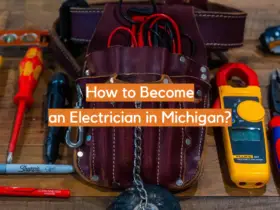
Leave a Reply